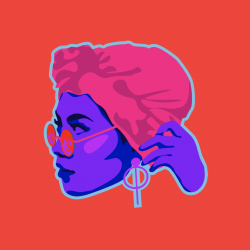Upon entering, I felt a little bit claustrophobic because it was pitch black. However, I realised that the visually impaired faced this every single day, so I channeled their confidence and soon I found myself walking upright and taking bigger steps. I also became more aware of my surroundings. By the end of the tour, I came to realise that people who are visually impaired have to take effort to memorise routes and actions so that they can operate normally during their daily lives.
Another thing that I realised is that the other senses are heightened. Hearing and touch became my main tool of navigation, moving closer to the guide’s voice and feeling the walls to advance forward. This gave a new experience to things that I was familiar to, such as riding the boat on the Singapore River. What I usually dismiss, such as water splashing onto me and the sounds of water droplets falling from the bridge, I paid more attention to it during the experience because I had nothing else to focus on visually.
Lastly, I learned that for people with visual impairments, it is very difficult for them to find jobs. While companies are making effort to hire more disadvantaged people, people who cannot see pose a difficult hurdle for many companies, despite being able bodied (excluding eyesight).
The benefits of roleplaying and going through this experience is that we get to have first hand experience on the intended audience, through tapping into the empathetic side of design. It takes into consideration of the voices that we seldom hear, such as people with impairments and other disabilities.



Good reflection and good to see the insight and empathy towards the issues.